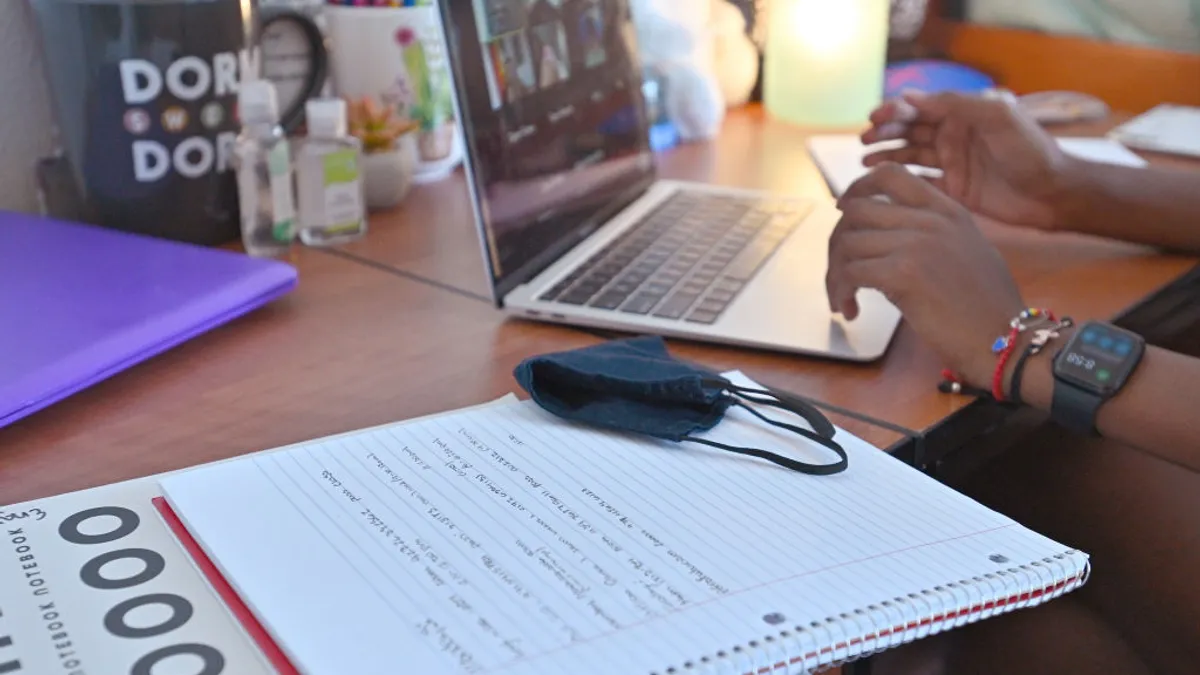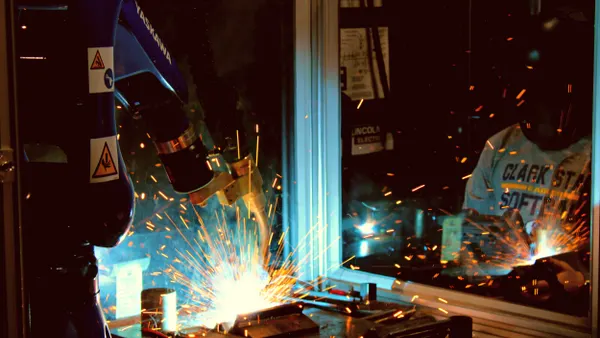The landscape of learning and development has experienced accelerated change in the past year, similar to other aspects of the HR profession.
Now, a number of trends could conspire to make things even more complicated as organizations move past the coronavirus pandemic. In an interview, HR Dive sought insight on L&D's path forward from Jason Wingard, dean emeritus and professor of human capital management at Columbia University's School of Professional Studies.
Wingard, who also is the founder and chairman of executive coaching and corporate training consultancy The Education Board, previously spoke to HR Dive about the challenges employers would face while bridging skills gaps during the 2020s, as well as the wrinkles provided by shifts in the online learning space. While some trends have not been drastically changed by COVID-19, he noted, others have been amplified.
#1: Remote work complicates the training stack
The pandemic changed paradigms about where people work, but also how they work. That could complicate training design, Wingard said.
One positive aspect of remote work is that it can allow employers to better isolate the competencies required to perform a given job, he noted; "it allows you to evaluate that much more directly."
But this way of work has also reduced the ability of training professionals to create what Wingard termed "dynamic exchanges within and among people." It can be more difficult, for example, to share screens and allow employees to see how their co-workers operate. Lags in user experience also may occur.
Additionally, remote-based training can be a barrier for organizations operating in industries that require more social and personal interaction, such as insurance and sales. "Training for these groups becomes a barrier," Wingard said.
Employers can offer a baseline of skills in which workers need to obtain proficiency but, ultimately, it may be up to employees themselves to adjust to advancing technology and ways of working, he added.
#2: Social justice reckoning impacts talent pipelines
Conversations around racial justice in the past year have affected training on multiple levels. Leaders, on one hand, have been tasked with leading their teams on diversity and inclusion. But talent acquisition and development teams have been challenged to help organizations build diverse and inclusive teams.
Unconscious bias looms large in the D&I conversation, and employers have the opportunity to develop more equitable systems for assessing candidates, Wingard said. One key example is the creation of diverse hiring panels that evaluate talent more closely in alignment with the needs of a given job.
Doing so could land candidates who are not only a better fit for the job, but who also show higher job satisfaction in the long run, Wingard said; "the whole cycle is much better than, who do you know."
#3: Younger workers show demand for long-term skill building
Millennial and Generation Z workers are projected to become the largest share of the U.S. workforce for some time, bringing their own set of expectations about how employers should invest in development.
"They're not going along with the status quo," Wingard said. "They want more investment in transferable skills."
He also observed that, in the higher education context, graduate students are choosing to pursue career fields and academic majors that focus on applied, practical skills; "I need to be doing computer programming or something that's going to allow me to do a checklist of competencies."
That may reflect how some younger employees think about skill building in the workplace, Wingard said. But employers will need to decide early on how they will invest in helping employees obtain such competencies.












